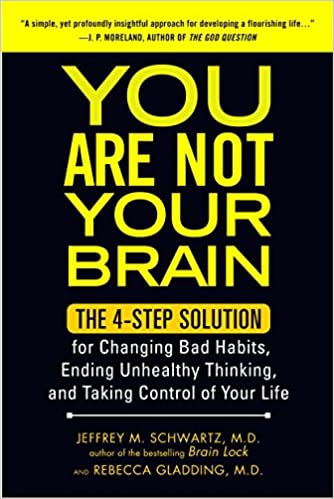Lesson 2: Hebb’s law and the quantum Zeno effect.
So how do you start to direct some neuroplasticity at yourself? By learning about two more cool concepts.
Number one is called Hebb’s law and is summed up in one beautiful rhyme: Neurons that fire together, wire together.
The more often one of the neural pathways in your brain is used, the stronger it gets. For example, let’s say you have a new job and must catch the bus every morning at 8 am to make it there on time.
You’re doing fine the first week, but on Tuesday in week 2, you arrive at 8:01 am and miss the bus. This causes stress and anxiety because you’ll be late.
While waiting for the next bus, you have a cigarette to combat the stress, which helps. The nicotine and activity give you a sense of relief and calm you down.
Now you’ve forged a new pathway in your brain that links stress from missing the bus to the relief a cigarette offers. This is reinforced every time you miss the bus and have a cigarette again. What was a one-time thing becomes a habit, and the quick fix becomes a permanent, painful problem.
The second concept is called the quantum Zeno effect. Based on ancient Greek philosopher Zeno’s arrow paradox, this important notion from quantum physics says that a system can be frozen in its state if continuously observed.
What does that have to do with your brain? If you are mindful of your bad behavior and observe it as it happens often enough, it will stop Hebb’s law in its tracks and give you enough time to counteract it.
Then, you can rewire your brain with a better habit by consciously changing your thoughts and behavior.


